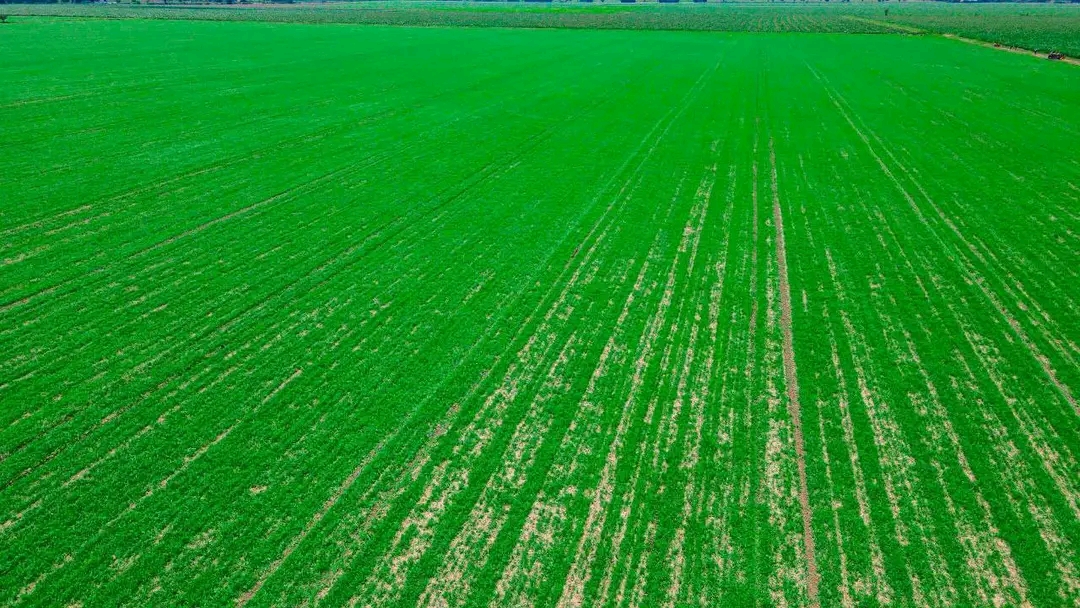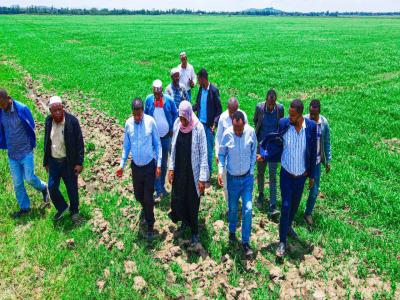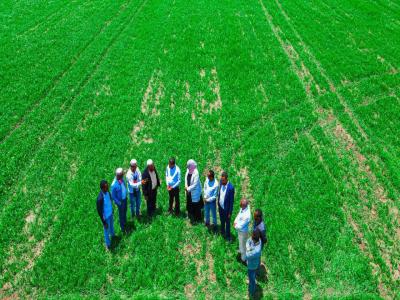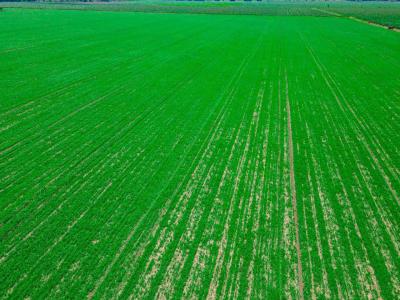
Wheat farming in Mito Woreda, located in Ethiopia’s Silte Zone, is rapidly becoming a symbol of agricultural progress in the country. Known for its fertile soil and favorable climate, this region has the potential to play a major role in Ethiopia’s journey toward wheat self-sufficiency and export readiness.

These factors make Mito Woreda one of Ethiopia’s most promising agricultural zones.
In recent years, local farmers have gained access to improved wheat seed varieties resistant to rust and pests. Government-led programs and NGOs have introduced mechanized farming tools to increase efficiency and reduce manual labor.
These changes have led to: Higher yields per hectare. Reduced crop losses. Improved quality of harvested wheat.

For the people of Mito Woreda, wheat cultivation is not just an economic activity—it is a cultural tradition. Planting and harvesting seasons are often community events where families work together, sharing resources and knowledge passed down for generations.
Ethiopia’s push for wheat self-reliance is in full swing, and Mito Woreda is emerging as a key contributor. With continued investment in infrastructure, irrigation, and training, this region could soon supply wheat beyond Ethiopia’s borders, strengthening the economy and ensuring food security.

Wheat from Mito Woreda in Silte Zone is more than just a crop—it is the result of generations of expertise, resilience, and innovation. As Ethiopia moves toward a sustainable agricultural future, Mito Woreda’s green fields stand as a beacon of hope and productivity.
Leave A Comment